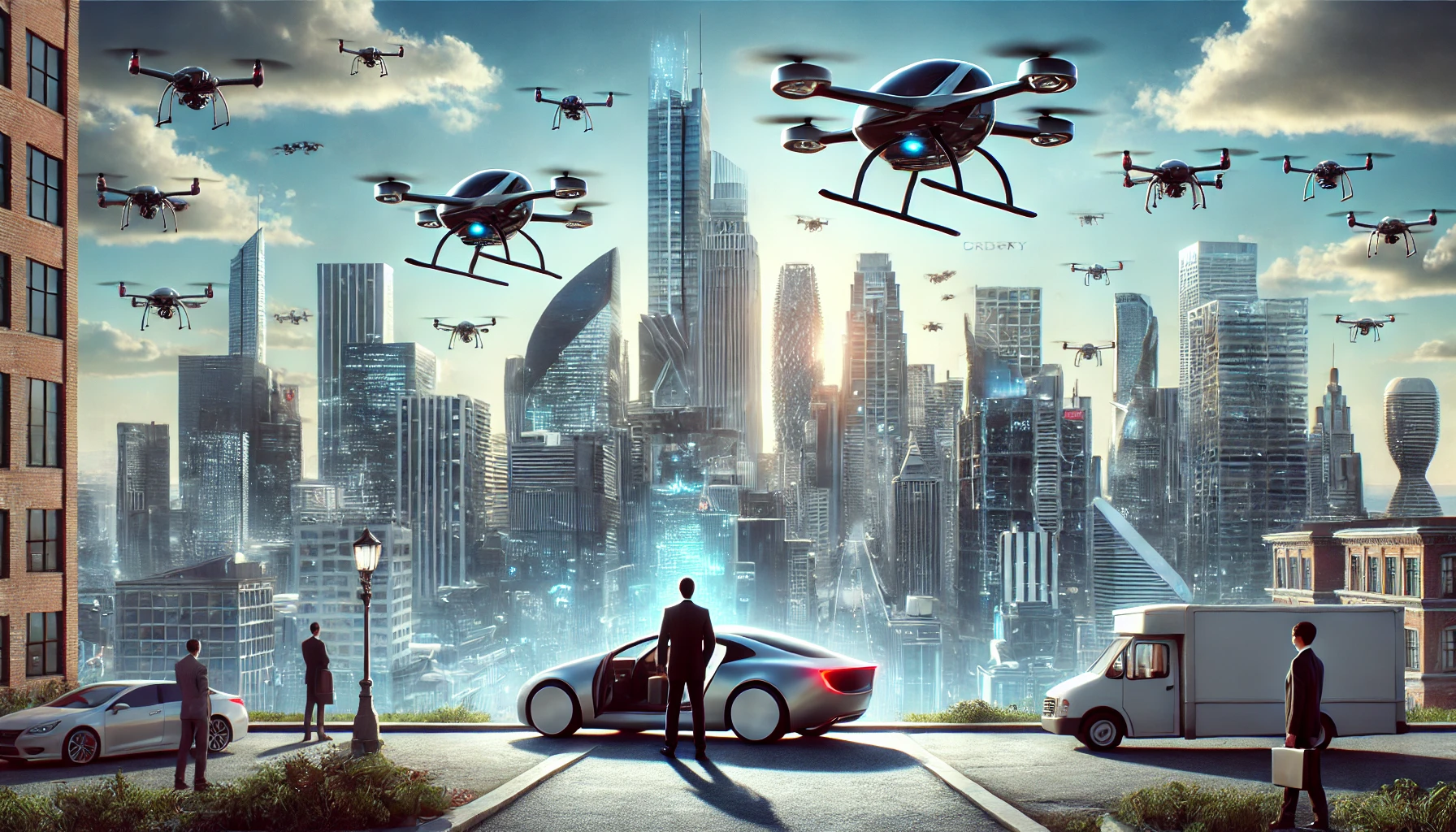Flying Cars and Drones: The Next Frontier in Personal Mobility or Just Hype?

Introduction: The Age of Flying Cars (Finally!)
We've been promised flying cars since the dawn of sci-fi movies, but are they finally here? Well, kind of. Urban air mobility (UAM) technologies like flying cars and drones are taking off (pun intended), but the real question is whether they’ll become the next big thing in transportation or just a flashy toy for the ultra-wealthy. Let’s dive into what the future might look like with flying cars and drones zipping through our cities, and whether this is really the revolution we’ve been waiting for.
The Rise of Urban Air Mobility: How Did We Get Here?
The idea of flying cars isn't exactly new. Remember the Jetsons? But while the concept has been around for decades, recent advances in drone technology and electric vertical take-off and landing (eVTOL) vehicles have brought us closer to making it a reality. Companies like Uber Elevate, Joby Aviation, and even car giants like Hyundai are betting big on the future of UAM. These flying vehicles promise to cut down commute times, reduce traffic congestion, and offer a new way to travel across urban landscapes. But like all grand promises, there’s a catch.
Social and Economic Impact: Flying Cars for Everyone or a Luxury Dream?
Here’s the thing—flying cars sound amazing, but who’s going to be able to afford them? Right now, the price tag on a flying car is about as high as a private jet, and let’s be real, most of us are struggling to pay off our regular cars. So, for the foreseeable future, flying cars are likely to remain a luxury item for the wealthy. That being said, drones could play a more accessible role in everyday life, from package delivery to emergency services. Imagine your pizza being delivered by drone! Sure, it might take a while before we’re all commuting in flying taxis, but the economic ripple effect could be huge. Think job creation in new tech sectors, shifts in urban planning, and even changes in how we view city living. Who needs a highway when you’ve got the skies?
The Environmental Angle: Will Flying Cars Save or Harm the Planet?
Let’s talk about the green elephant in the room—environmental impact. With more and more people concerned about climate change, flying cars and drones will need to prove their eco-credentials. Electric-powered eVTOLs promise to be greener than traditional planes and cars, but mass adoption could still lead to increased energy consumption. And while some argue that taking traffic to the skies could reduce road congestion and pollution, others worry that the sheer volume of flying vehicles could turn the skies into a noisy, chaotic mess. Not exactly the peaceful future we were promised!
Challenges: Air Traffic Control or Air Traffic Chaos?
Even if flying cars and drones become affordable and environmentally friendly, there’s still the issue of how to manage all that air traffic. It’s not like we can just throw up a few more stoplights and call it a day. Urban air mobility will require a whole new set of regulations, safety protocols, and infrastructure. And let’s not forget the potential for accidents. Do we really want our skies filled with mid-air collisions? Experts are already working on air traffic management systems for drones, but scaling that up for flying cars is a whole different ballgame.
The Future of Urban Air Mobility: Revolution or Niche?
So, will flying cars and drones revolutionize transportation or remain a niche for the rich? The answer likely lies somewhere in between. For now, flying cars will probably be a luxury, but as technology advances and prices come down, we could see more widespread adoption. Drones, on the other hand, have a much clearer path to becoming a common part of urban life. Whether it's for deliveries, surveillance, or emergency services, drones are already proving their worth in various industries. But don’t expect to be commuting to work in a flying car anytime soon. We’re still a few years away from the Jetsons’ reality.
Conclusion: Are You Ready for the Sky-High Future?
In the end, whether flying cars and drones take over the skies or remain a dream depends on a lot of factors—cost, technology, regulations, and public acceptance. But one thing’s for sure: the future of transportation is going to look a lot different than it does today. So, are you ready to trade your morning commute for a sky-high ride? Or do you think flying cars are just hype destined to fizzle out? Let us know what you think!



